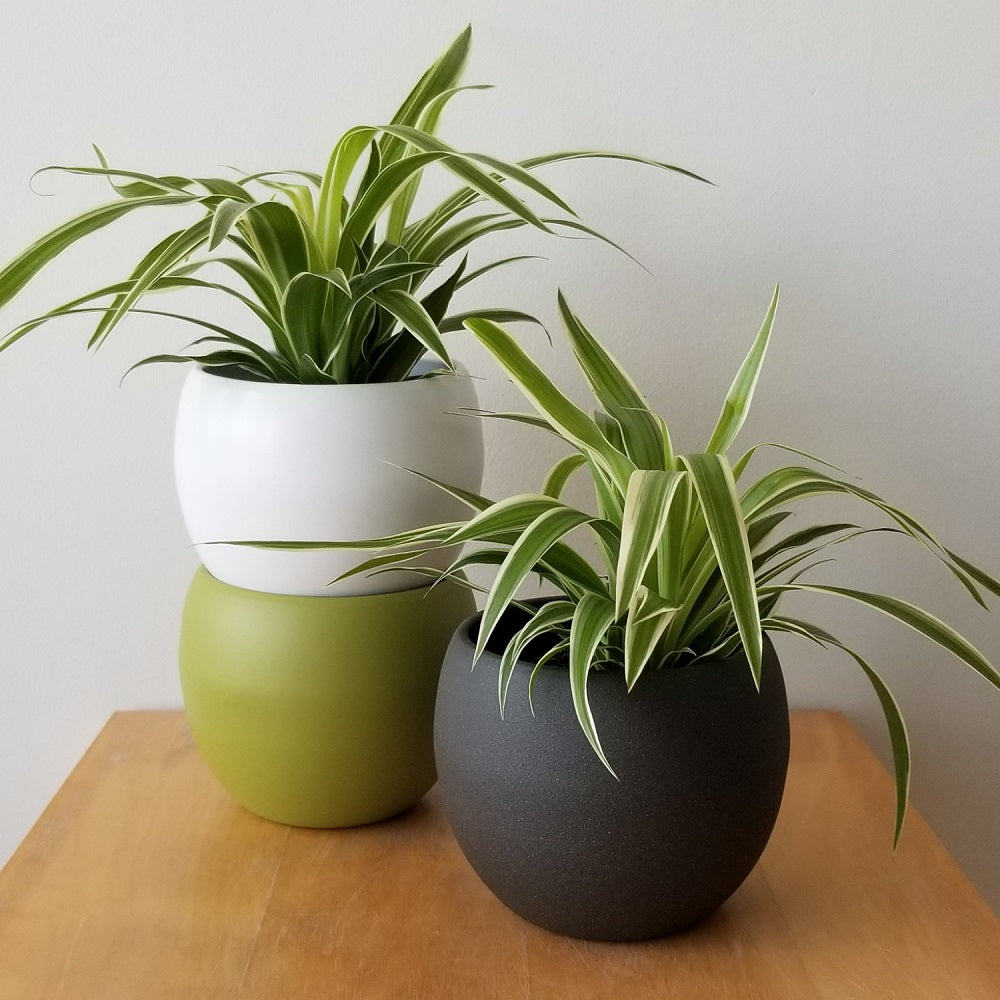
Unleashing the Beauty of Dragon's Tail Plant: Essential Care Tips
The Dragon's Tail Plant, scientifically known as Epipremnum pinnatum or Dragon Tail Ivy, is an enchanting ornamental houseplant that has taken the plant-loving community by storm. With its uniquely-shaped leaves resembling dragon's tails, cascading vines, and glossy, vibrant foliage, this plant exudes elegance and charm, making it a delightful addition to any indoor space. In this comprehensive guide, we unveil the secrets to growing and maintaining the Dragon's Tail Plant successfully. Whether you're a beginner or a seasoned plant enthusiast, our expert advice will help you harness the full potential of this captivating species.
Understanding the Characteristics of the Dragon's Tail Plant
The Dragon's Tail Plant is characterized by its elongated, arrowhead-shaped leaves that alternate along its vines. These leaves can grow up to 2 feet in length, and their dark green coloration is accentuated with striking silver or pale green patterns. As this plant matures, it may produce aerial roots, enhancing its overall appearance. The Dragon's Tail Plant's trailing vines can reach impressive lengths, making it a perfect candidate for hanging baskets or as a decorative addition to shelves.
Benefits of Having a Dragon's Tail Plant in Your Home
-
Air Purification: Like many other houseplants, the Dragon's Tail Plant contributes to improving indoor air quality. It effectively removes common household pollutants, including formaldehyde, xylene, and toluene, thus creating a healthier living environment.
-
Aesthetic Appeal: The vibrant, lush foliage and unique leaf patterns make the Dragon's Tail Plant a beautiful decorative piece that adds a touch of nature and elegance to your home.
-
Low Maintenance: This plant is known for its resilience and adaptability. Even for novice gardeners, it's relatively easy to care for, making it a convenient choice for those seeking low-maintenance greenery.
Essential Care Tips for the Dragon's Tail Plant
Light Requirements: The Dragon's Tail Plant thrives in moderate to bright, indirect light. However, it can tolerate low light conditions but might exhibit slower growth.
Watering: Allow the top inch of the soil to dry out before watering. It's crucial to prevent overwatering, as this can lead to root rot. During the growing season, water more frequently, but reduce watering during the dormant winter period.
Humidity: This plant enjoys higher humidity levels, but it can adapt to standard indoor humidity. To enhance humidity, consider misting its foliage or using a humidity tray.
Choosing the Right Location for Your Dragon's Tail Plant
Select a location with filtered sunlight to maintain its vivid leaf color and ensure it doesn't receive direct sun exposure, which can scorch the foliage. Ideal spots include near east- or north-facing windows, which provide the perfect balance of light.
Watering and Humidity Requirements for the Dragon's Tail Plant
Proper watering is crucial for the health of your Dragon's Tail Plant. Water when the top inch of the soil feels dry to the touch, ensuring that excess water can drain from the pot. Maintain higher humidity levels by misting the plant or placing it on a humidity tray, especially during the dry winter months.
Fertilizing and Repotting the Dragon's Tail Plant
During the growing season, which typically spans from spring to early autumn, feed your Dragon's Tail Plant with a balanced, diluted liquid fertilizer every four to six weeks. Repotting is only necessary when the plant becomes root-bound or outgrows its container.
Dealing with Common Pests and Diseases for the Dragon's Tail Plant
The Dragon's Tail Plant is relatively resistant to pests and diseases. However, it may occasionally face issues with mealybugs or spider mites. Regularly inspect your plant and take immediate action if pests are detected. Isopropyl alcohol-soaked cotton swabs can help eliminate these nuisances.
Propagating and Pruning the Dragon's Tail Plant
To share the beauty of your Dragon's Tail Plant with others or expand your collection, propagation is a simple and rewarding process. You can propagate this plant through stem cuttings in water or soil, and it will readily produce new roots and growth.
Pruning is another essential aspect of maintaining your plant's health and appearance. Trimming back leggy growth or yellowing leaves will promote new growth and maintain the plant's aesthetic appeal.
Conclusion and Final Thoughts on Caring for the Dragon's Tail Plant
Caring for the Dragon's Tail Plant can be a fulfilling and enjoyable experience. With the right balance of light, water, and care, you can witness this captivating plant flourish and thrive in your indoor space. Its air-purifying qualities, striking foliage, and ease of maintenance make it an excellent choice for both beginners and seasoned plant enthusiasts. Unlock the full potential of the Dragon's Tail Plant, and create a stunning botanical sanctuary in your home. Whether it's gracing a hanging basket or elegantly adorning a shelf, this plant will continue to enchant and beautify your living space for years to come.

